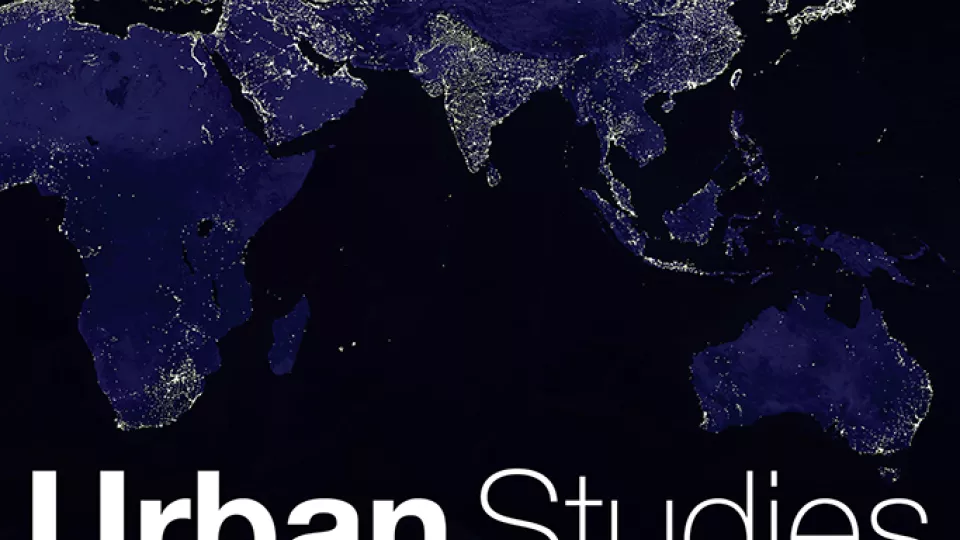Maria Frederika Malmström's article explores the Egyptian state’s production of desired manhood and destruction of unwanted masculinities in relation to home and displacement through audio-focused analysis and a focus on sonic infrastructures. While sonic infrastructures can be used as a form of political control and violence, Malmström's work in Egypt also shows how people, through sound and sonic resistance, navigate and shape sonic landscapes of insecurity, violence and liminality, as well as resisting displacement and claiming space. In Cairo, where political unrest over the past decade has produced new imaginaries and maps of belonging, men opposing the politics of the current regime have been expelled by the state from their own city; deprived of rights, safety, status and dignity. The institutions of state power employ sound as a political representation, and control, monitor, limit as well as threaten the population through the sonic. All of these sound systems operate at auditory, corporeal and sociocultural frequencies. There are countless examples of how materialised sonic experiences are consciously constructed and used by the autocratic military regime in Egypt to discipline and ‘produce’ its subjects, through for example forbidding particular music; monitoring its residents and thereby employing control by listening; using unbearable loud sounds during torture; or closing downtown bars, cafes and bookshops and thereby sonically controlling and limiting parts of the cityscape of Cairo. These sonic materialised experiences are connected to how gendered bodies are excluded, un/remade, produced, expressed and negotiated.
Masculinities and infrastructural violence in Cairo

A new article authored by Maria Frederika Malmström, "Making and unmaking masculinities in Cairo through sonic infrastructural violence", was recently published in the journal Urban Studies.

